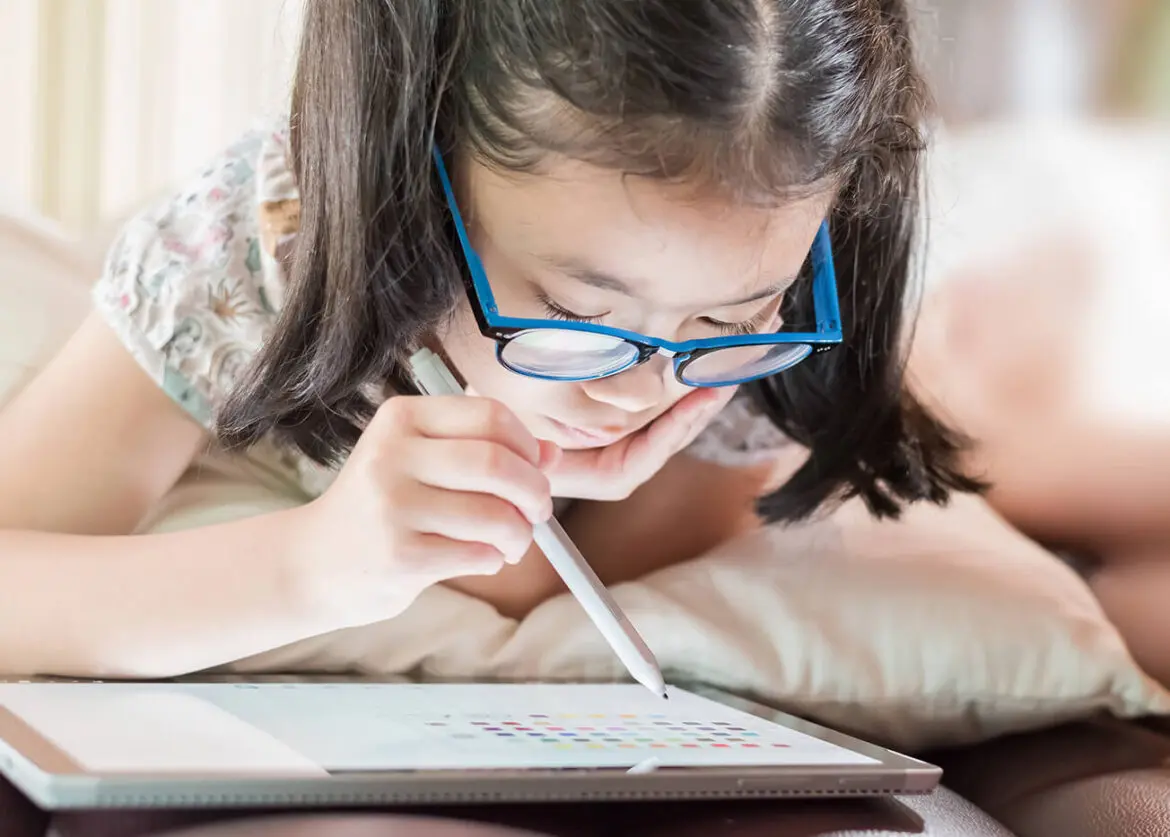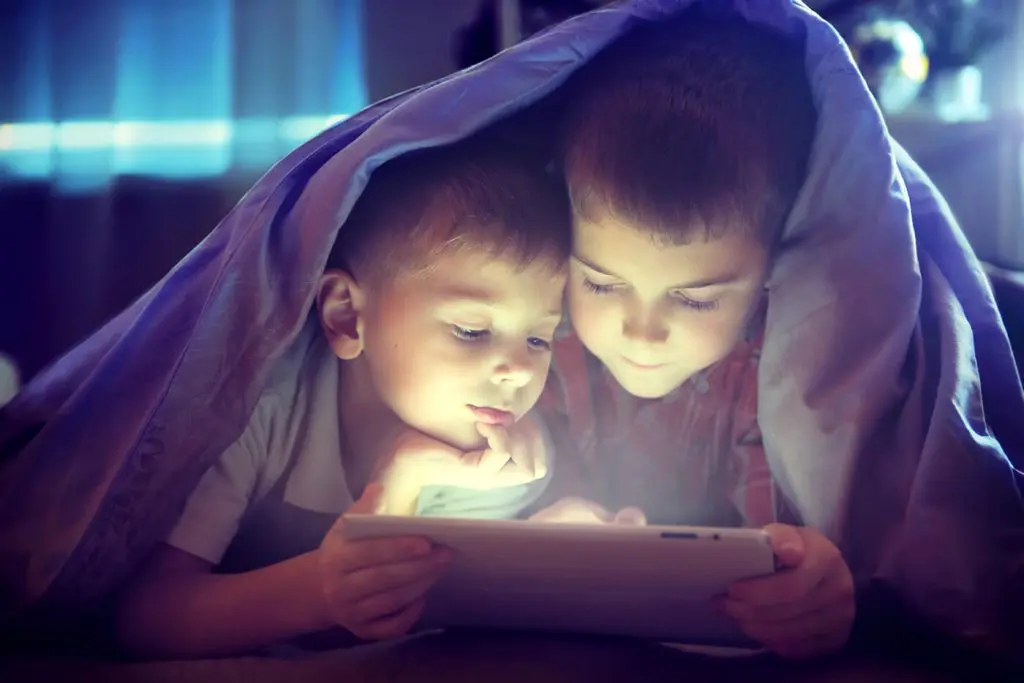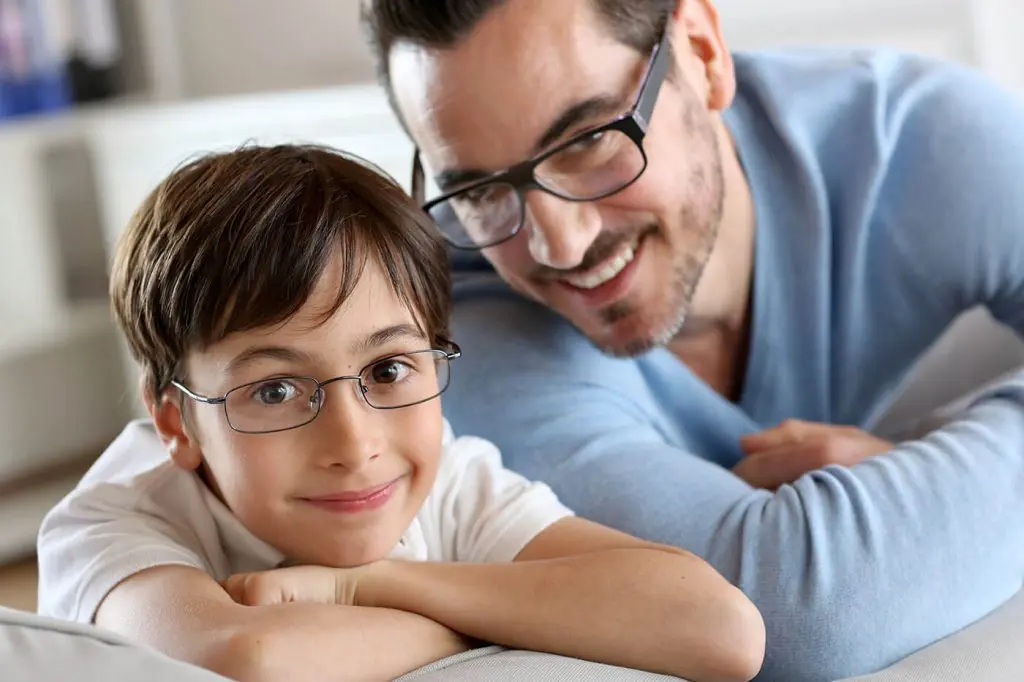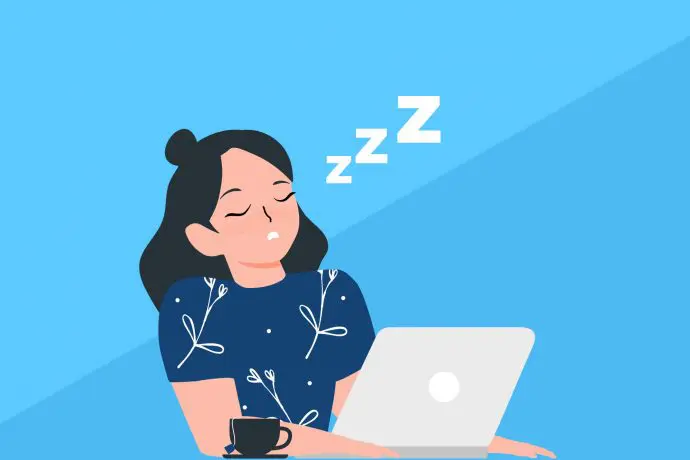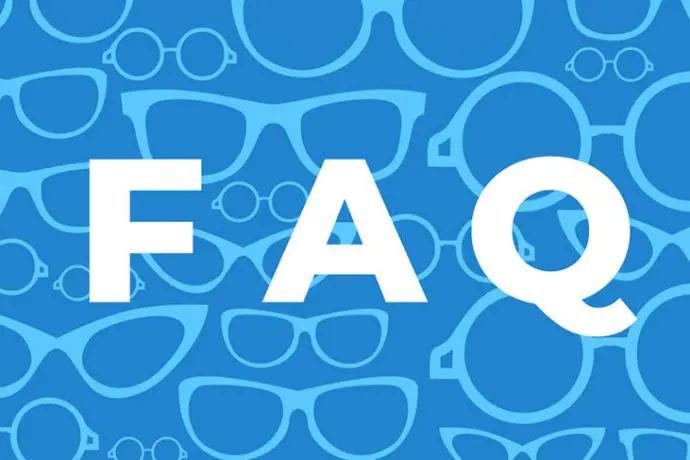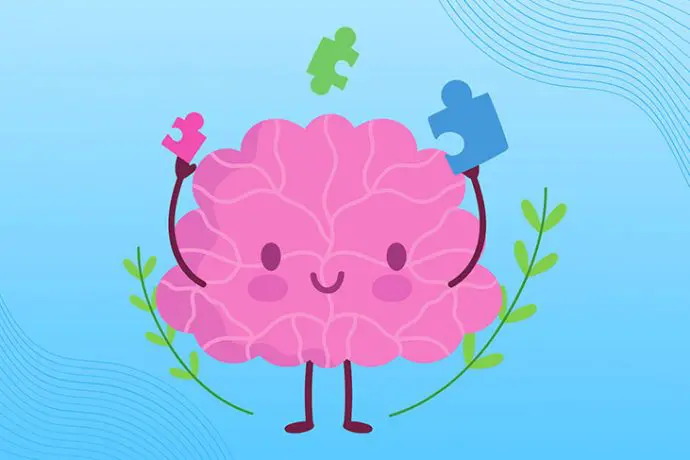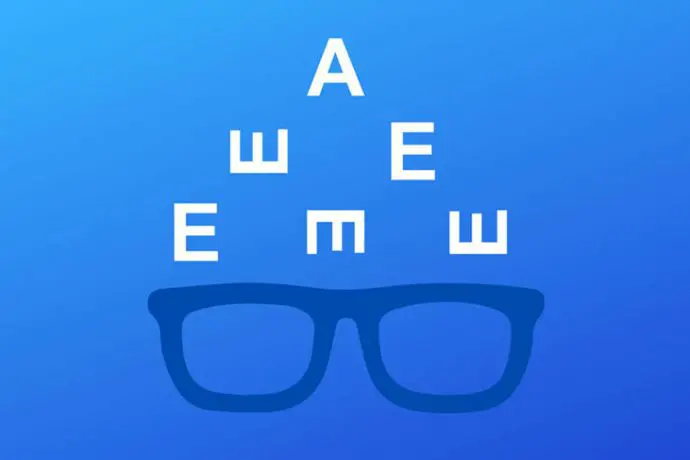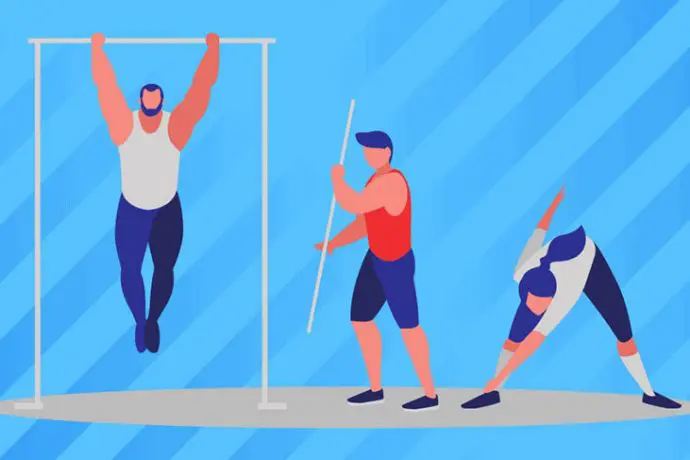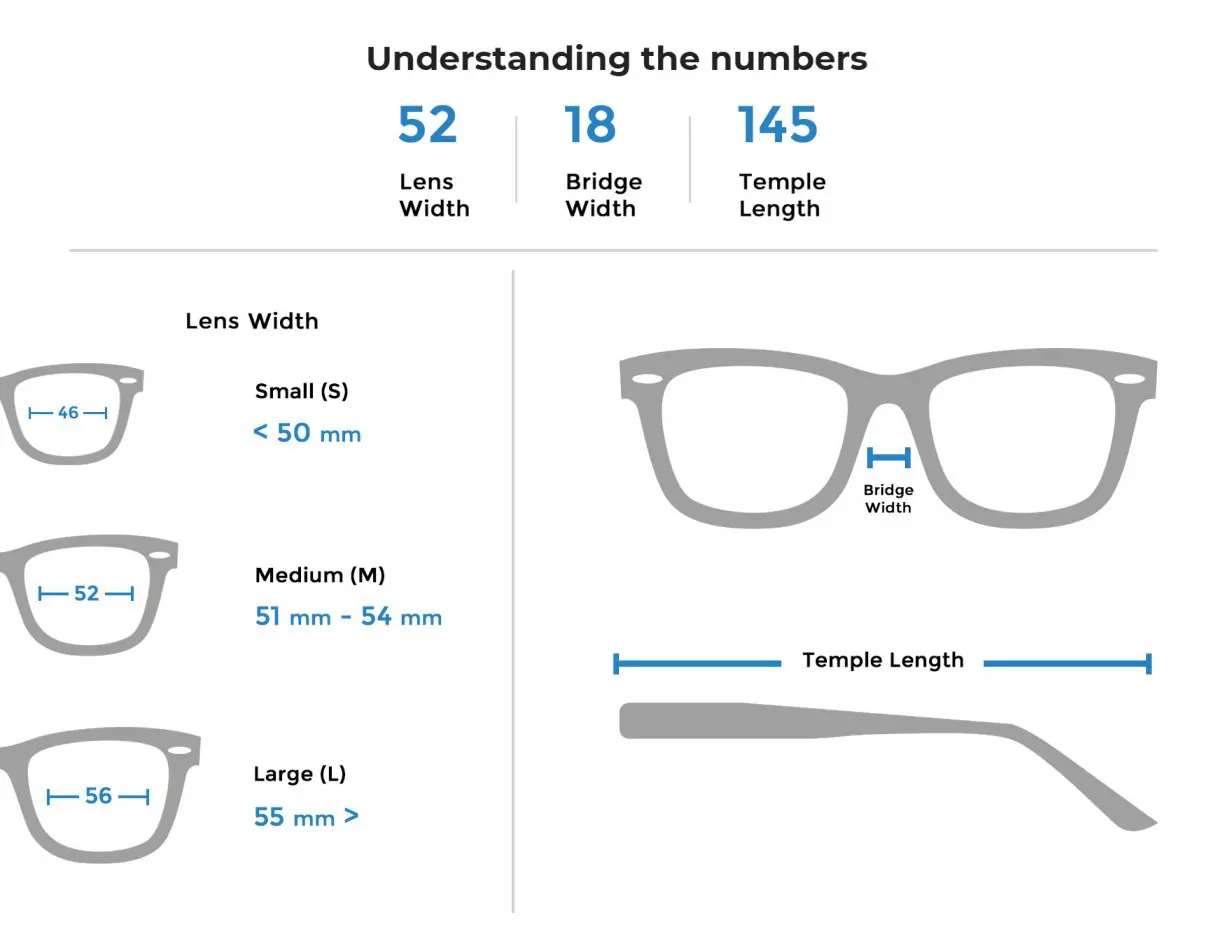Blue Light Glasses Help You Sleep Better
As kids head back to school, their focus shifts from fun summer activities like going to the pool and staying up late to watch movies, to getting back into a daily school-year-routine.
Less time outside, and more time spent in front of screens doing homework and on social media, mean more exposure to blue light emitted from their device screens.
Technology has become increasingly prevalent in our daily lives, and many schools have incorporated the use of technology as part of their regular courses. Between gaming, homework, and communicating with friends, kids end up spending a lot more time in front of screens. Many children are now even using multiple devices at once. They might use a phone for texting, a tablet for gaming, and a computer to complete homework assignments.
What most parents don’t realize is that there are dangers associated with excessive screen time that can negatively impact a student’s performance in school.
Too much screen time has also been proven to negatively affect the duration and quality of sleep students get. Children of all ages can significantly suffer from the effects of a delayed bedtime due to screen usage. To combat this, parents not only have to set bedtimes, but should also consider how and when kids are using screens as bedtime approaches.
It’s vital for parents to understand how screen usage impacts their children, how to recognize the negative side effects of overexposure, as well has how to monitor their children’s habits.
Just as parents try to guide their children to weather-appropriate clothing for the season or teach them about maintaining a healthy diet, screen time should be monitored and handled to prevent sleep disruption.
In this article, we’ll discuss how blue light filtering glasses can provide an easy and effective way to help foster good sleep habits. Keep reading to find out how blue light glasses can help you focus better on sleep!
Eye Strain, Fatigue, and Improper Sleep
People look at screens for large chunks of their day. It is estimated that children spend an average of 6.5 hours a day looking at screens of some type, with teenaged boys spending the longest amount of time in front of screens – up to 8 hours a day.
Excessive screen time can contribute to digital eye strain, which causes dry eyes, headaches, difficulty concentrating, fatigue, muscle spasms, and even neck and shoulder pain.
Chronic eye strain can lead to even more serious problems such as blurred or double vision, sleepiness, light sensitivity, and eyes that burn or feel gritty.
Computer Vision Syndrome (CVS) is how medical professionals define eye strain caused by the use of digital devices, and it can occur with as little as a couple of hours a day of screen time.
While many of the aforementioned problems experienced as a result of eye strain disappear once a person stops using a device, prolonged usage and exposure over time can intensify.
Lack of sleep, or good quality sleep, fatigue, neck pain and headaches can all cause poor performance at school the next day. Taking breaks to rest the eyes is not just important for rest, but to give your eyes a break from the exposure to blue light.
Blue Light
Computers, phones, tablets, and other mobile devices emit blue light, a short-wave light that we’re exposed to daily from sources like overhead lights as well as the sun. Small amounts can boost your mood and energy levels, but long-term exposure can lead to a host of problems, including melatonin disruption, which can interrupt proper sleep patterns.
There are even studies being conducted that suggest long-term exposure can be a contributing factor in age-related macular degeneration (AMD). Sunlight exposure has already been determined to be a factor in AMD, so filtering out blue light while using devices is also very important to preventing AMD.
Sleep = Energy
It has been shown that the more frequently school-aged children use devices, particularly into the evening hours, the more their sleep, and even their health, is negatively affected.
Screen use close to bedtime causes people to have more difficulty falling asleep and staying asleep, and as a result, children end up getting much less quality sleep than is recommended for their age group. Sleep quality is very important for growing children to be able to function well in school. Blue light, in particular, suppresses the production of melatonin, a hormone secreted by the pineal gland which is crucial for normal and adequate sleep. Even dim light can have a negative effect on melatonin production. Well-rested people of all ages have more energy, can deal with stress better, and learn more effectively than those who suffer from fatigue due to poor sleep practices.
Sleep needs can, of course, vary widely from person to person. However, it’s important to note that it isn’t just the number of hours of sleep that is relevant to next-day alterness, it’s the quality of sleep that determines how rested, energetic and alert they feel the next day.
Despite a wide range of needs, general guidelines were developed to give parents a range of hours to aim towards in ensuring their children get to bed in time to allow for adequate sleep. Many children may need more than even the maximum recommended for their age, and it’s important to be aware of and attuned to the needs of each child.
Generally speaking, school-aged children can be in need of as much as 11 hours of solid sleep each night in order to perform at the top of their game. This includes ease of falling asleep, which is negatively affected by exposure to blue light.
A good night’s sleep doesn’t just mean feeling well-rested the next day. In children, human growth hormones can be negatively affected by not getting enough sleep, or getting enough high-quality sleep.
Cognitive function is also negatively affected by lack of sleep – children cannot learn as effectively when they are functioning on less sleep than they need, and lack of sleep can inhibit short-term memory, a critical skill needed during school hours. It’s even been documented that children who sleep better get better grades.
Finally, lack of sleep can also be a major contributing factor to negative behavioral traits, such as moodiness, depression, anger management, and general lack of motivation or energy needed to complete their daily tasks.
Filtering Glasses
While there are many options for filtering out harmful light from your devices, blue light glasses the easiest and most effective method to incorporate into daily life.
bluwinx blue light filtering glasses are proven to filter out harmful light, reducing or eliminating the problems associated with prolonged exposure. They are available in a variety of attractive styles and shapes that have the appearance of normal, everyday glasses.
Although there are other options for filtering on your devices, including apps and screen filters, they do not address LED backlighting, which includes blue light waves as part of its white light display.
bluwinx glasses filter out 59% of the peak digital device blue light wavelengths. If your child is showing signs of suffering from digital eye strain, consider using bluwinx glasses in conjunction with another protective measure, such as a light filtering app or screen filter.
Regardless of how you use screens, and how well you are protected against the dangers of prolonged exposure, it’s important to take breaks regularly. Shoot for a goal of looking away from screens a minimum of every 20 minutes or so, to give the eyes a chance to recover and refocus on non-pixilated, real images.
With rest, breaks, proper filtering glasses, and time limits on screen usage—particularly close to bedtime, students can use computers and mobile devices safely to text their friends, post to social media, or complete their homework on time.
Sources
Computer Vision Syndrome. American Optometric Association.
Bartel, K., et al. (2015). Protective and risk factors for adolescent sleep: A meta-analytic review. Sleep Medicine Reviews.
Bruni, O. et al. (2015). Technology Use and Sleep Quality in Preadolescence and Adolescence. Journal of Clinical Sleep Medicine.
Dimitriou, D., et al. (2015). The Role of Environmental Factors on Sleep Patterns and School Performance in Adolescents. Frontiers in Psychology.
Hale, L. and Guan, S. (2015) Screen time and sleep among school-aged children and adolescents: A systematic literature review. Sleep Medicine Reviews.
Hirshkowitz, H., et al., (2015). National Sleep Foundation’s sleep time duration recommendations: methodology and results summary. Sleep Health.
The Nielsen Company (2005). The Total Audience Report, Q1 2016.
Paivaa, T. et al. (2015). Sleep deprivation in adolescents: correlations with health complaints and health-related quality of life. Sleep Medicine.
Taylor, H.R. et al. (1990). Visible light and risk of age-related macular degeneration. Transactions of the American Ophthalmological Society.
Wilkins, A., Wilkinson, P. (1991). A tint to reduce eye‐strain from fluorescent lighting? Preliminary observations. Ophthalmic & Physiological Optics/

